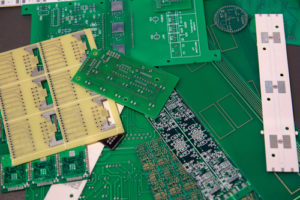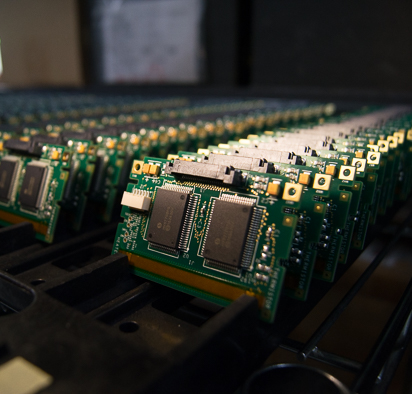SMT Assembly vs. Through-Hole Assembly
When you start looking for printed circuit board assembly vendors, you’ll notice that many vendors (including Yun Industrial Acme PCB Assembly) offer two primary types of assembly: SMT assembly and Through-Hole assembly (also called Thru-Hole assembly). These refer to the way that components are mounted on the printed circuit board. What are the differences between these two types of assembly, and why does SMT assembly dominate the field?
When Through-Hole Was the Only Game in Town
Until the 1960s, through-hole mounting was the name of the game, mainly because it was the only game. With through-hole assembly, holes are drilled into the printed circuit board. Component leads are placed in these holes. This process works relatively well, but it is cumbersome, work-intensive, and does not use the surface of the PCB as efficiently as possible.
In the 1960s, a new kind of assembly system arrived on the scene. Surface mount technology (SMT) offered many benefits over through-hole. By the 1980s, almost all PCBs used SMT mounting.
Why Use SMT Assembly
 In a nutshell, SMT has become the dominant form of PCB assembly, because it offers better performance, lower cost, and greater ease of manufacturing over through-hole assembly. It also allows for smaller, more powerful PCBs, which is critical in an age of smaller and smaller devices.
In a nutshell, SMT has become the dominant form of PCB assembly, because it offers better performance, lower cost, and greater ease of manufacturing over through-hole assembly. It also allows for smaller, more powerful PCBs, which is critical in an age of smaller and smaller devices.
The big breakthrough with SMT is that this assembly method does not require drilling holes through the printed circuit board. This allows SMT components to be smaller and to be placed on both sides of the board. This lets manufacturers add more components to each PCB, which increases its computing power without bulking up the size of the PCB. Device manufacturers love these smaller PCBs, because it allows them to shrink down their devices and better control the design of the internal components.
Is There a Place for Through-Hole Assembly?
If SMT assembly is so much better than through-hole assembly, why is through-hole assembly still around? While the vast majority of devices incorporate SMT assembly, there are a few instances where through-hole assembly may be the better choice. Because the through-hole assembly process results in stronger mechanical bonds, it can offer more reliability and resiliency in stressful environments. If your device needs to survive extreme temperatures, collisions, and accelerations, through-hole assembly may be the better choice for you. Through-hole assembly is also often used in prototyping new products, because it is easier to adjust and to replace parts during testing.

